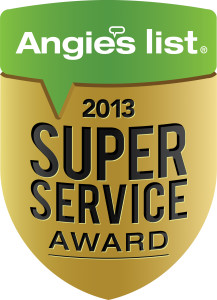What are the methods of asphalt repair?

Asphalt is a popular material used for constructing roads, driveways, parking lots, and other paved surfaces due to its durability and cost-effectiveness. However, over time, asphalt surfaces may develop cracks, potholes, or other forms of damage that require repair. In this article, we will explore some common methods of asphalt repair.
- Patching: Patching is a commonly used method to repair small areas of damaged asphalt. It involves removing the damaged section and replacing it with new asphalt. There are two primary types of patching:
- Cold Patching: Cold patching is a temporary solution that can be applied without heating the asphalt. It usually comes in pre-mixed bags or buckets and can be applied directly to the damaged area. While cold patching is convenient and can be done by homeowners themselves, it may not provide a long-lasting repair and may need to be reapplied periodically.
- Hot Patching: Hot patching, also known as hot asphalt repair, is a more permanent solution. It involves heating the asphalt mixture to a high temperature and applying it to the damaged area. Hot patching requires specialized equipment and is typically performed by professional paving contractors. The heated asphalt binds more effectively to the existing pavement, resulting in a stronger and longer-lasting repair.
- Resurfacing: Resurfacing, also known as overlay or asphalt overlay, is a method used to repair larger areas of asphalt that have extensive damage or wear. Instead of completely removing the existing asphalt, a new layer of asphalt is applied on top. The process involves cleaning the surface, applying a bonding agent, and then adding a new layer of asphalt. Resurfacing not only repairs the damaged areas but also improves the overall appearance and smoothness of the pavement. It is a cost-effective solution that can extend the lifespan of the pavement.
- Milling: Milling is a method used to repair asphalt surfaces that have significant structural damage or unevenness. It involves removing the top layer of the asphalt surface using milling equipment. This process helps to correct unevenness, remove potholes, and improve drainage. Once the milling is complete, a new layer of asphalt can be applied to restore the pavement’s smoothness and functionality. Milling is commonly used for roadways and parking lots that require substantial repairs.
- Crack Sealing: Cracks are a common issue in asphalt surfaces and should be repaired promptly to prevent further damage. Crack sealing is a method that involves filling the cracks with a specialized sealant to prevent water penetration and further deterioration. The process typically includes cleaning the cracks, heating the sealant to a liquid state, and applying it to the cracks using a crack sealing machine or a handheld applicator. Crack sealing helps to prevent moisture from entering the pavement, which can cause further cracking and deterioration.
- Infrared Asphalt Repair: Infrared asphalt repair is a method that uses infrared heating technology to repair damaged asphalt. It is particularly effective for repairing localized areas, such as potholes, cracks, or sunken patches. The process involves heating the damaged area with an infrared heater to soften the existing asphalt. Once the asphalt becomes pliable, it is leveled and compacted, and additional asphalt is added if necessary. Infrared asphalt repair provides a seamless and long-lasting repair that blends well with the surrounding pavement.
- Full-depth Replacement: In cases where the asphalt pavement is severely damaged or has reached the end of its lifespan, a full-depth replacement may be necessary. This method involves completely removing the existing asphalt and underlying layers and replacing them with new materials. Full-depth replacement is a more extensive and costly repair method, but it provides a fresh start and ensures the structural integrity of the pavement.
Contact us
 Phone Call |
 Text Message |
 |







